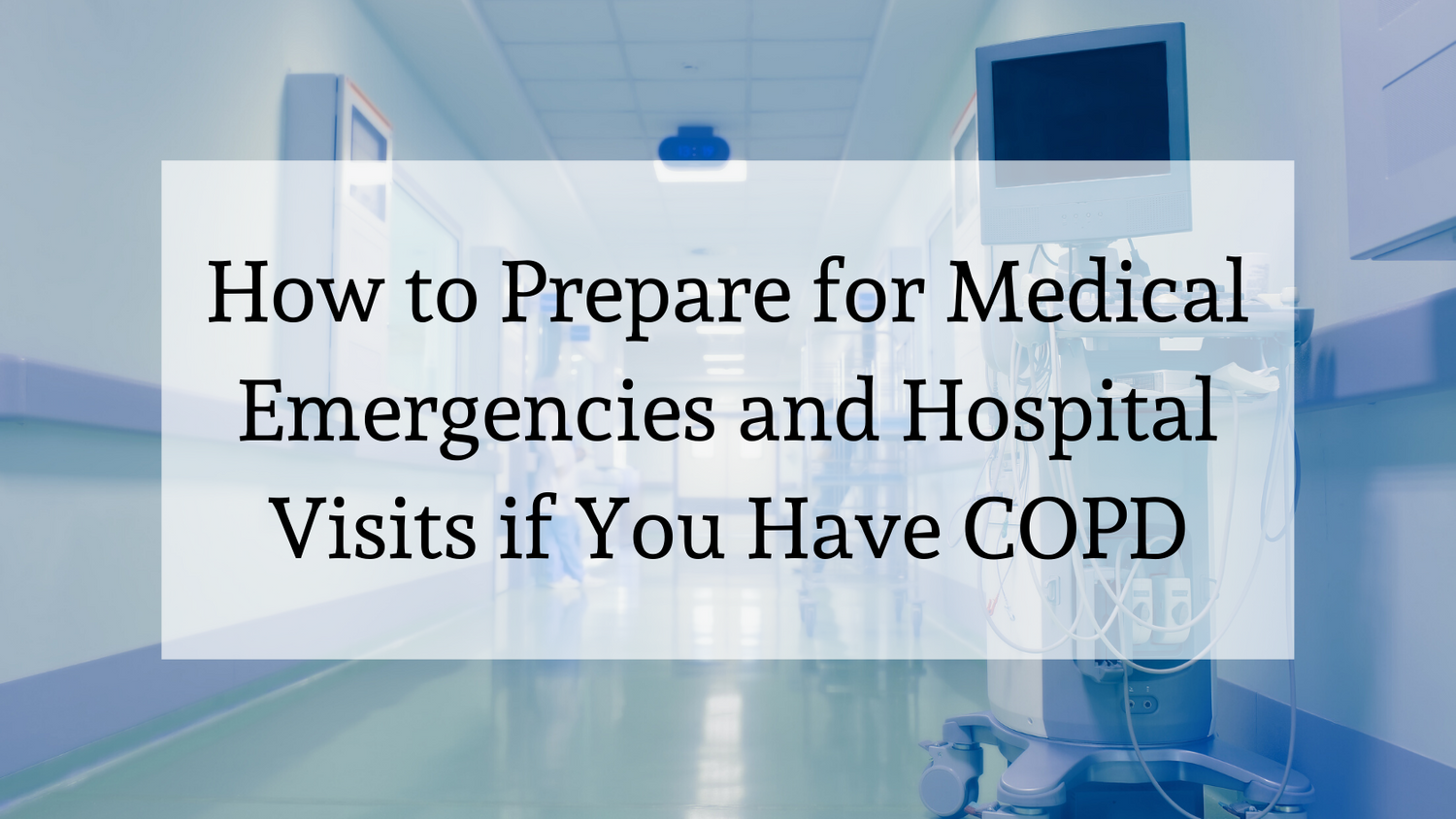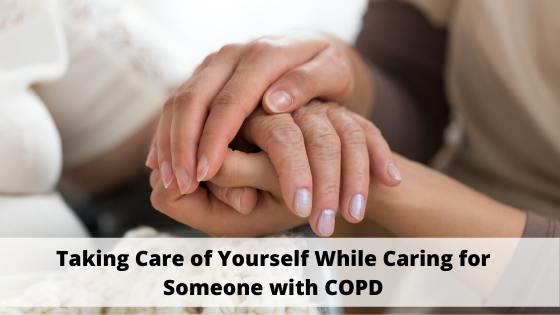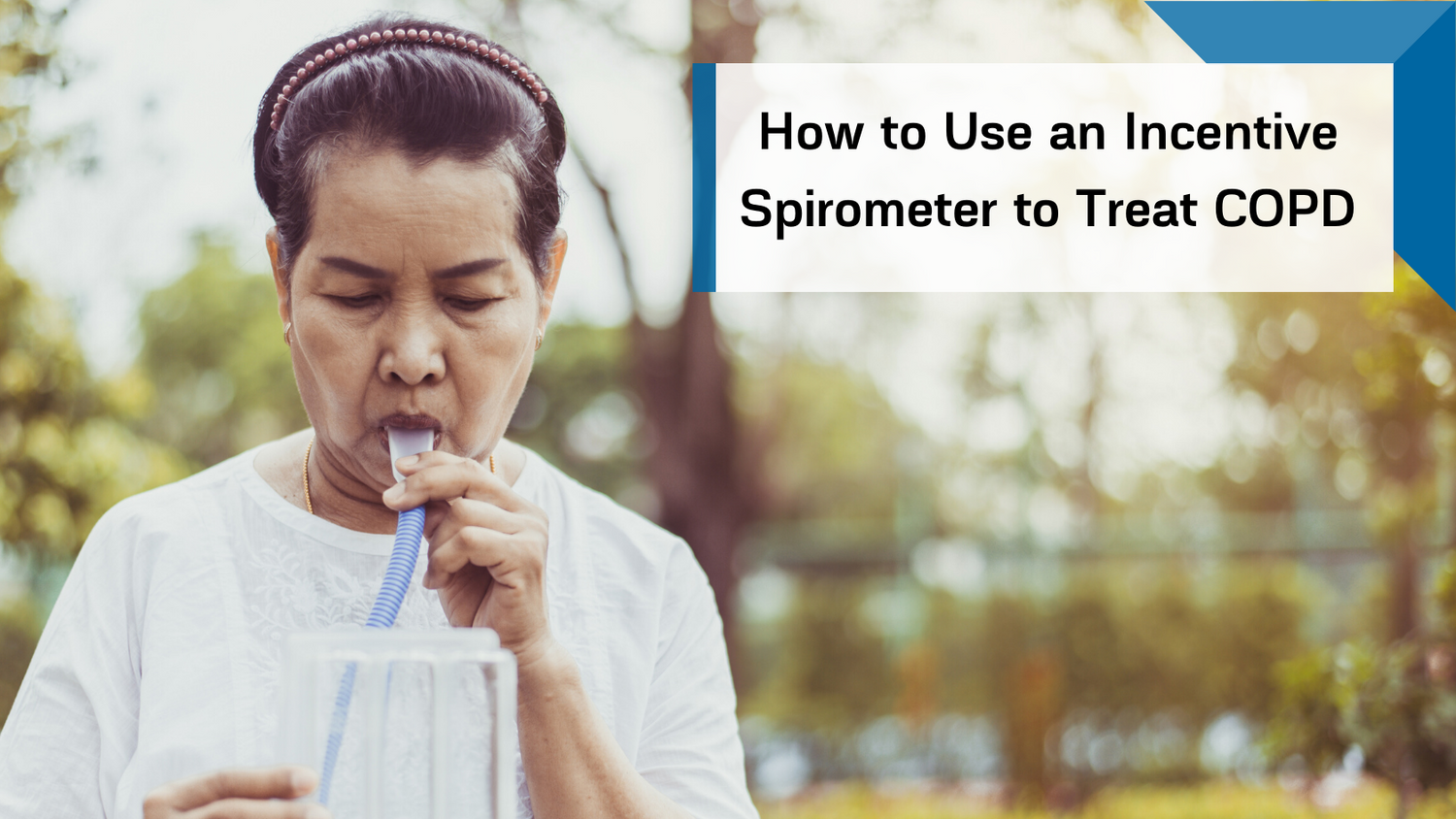Respiratory Resource Center - LPT Medical
How to Prepare for Medical Emergencies and Hospital Visits if You Have COPD
Consider this hypothetical scenario: you have a COPD...
Read MoreSurvival Tips for Caregivers: How to Take Care of Yourself While Caring for Someone with COPD
Being a COPD caregiver is no simple or straightforward...
Read MoreHow to Use an Incentive Spirometer to Treat COPD
Breathing exercises are an important part of COPD treatment,...
Read More


